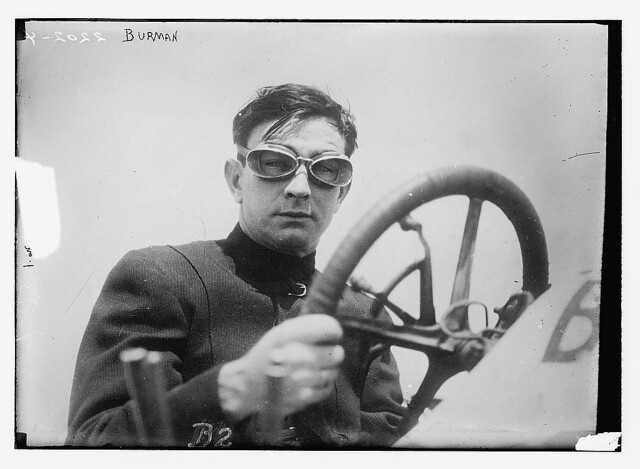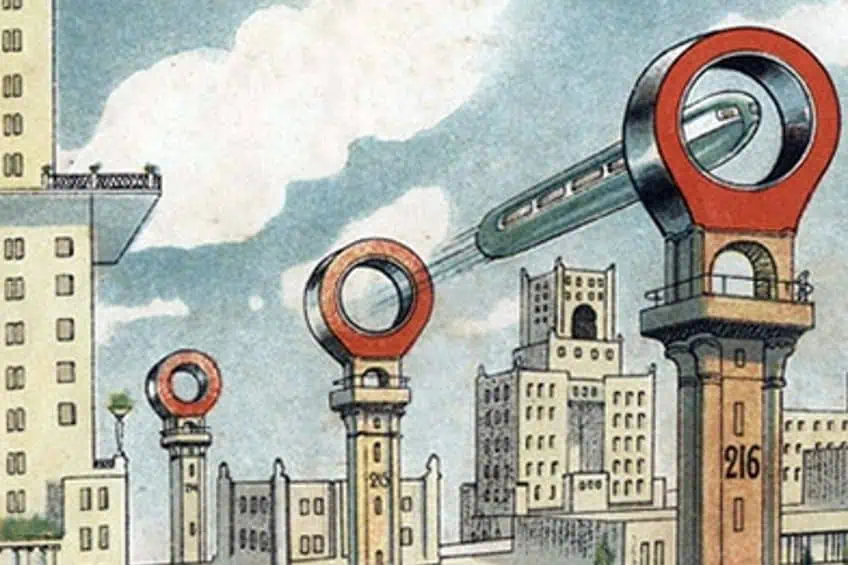Defining Dieselpunk Art
Dieselpunk is a retrofuturistic subgenre that combines the aesthetics of diesel-based technology from the interwar period through the 1950s with retro-futuristic technology and postmodern sensibilities[2]. It is a style that embraces the styles and technologies of the era, rejoicing in a prolonged Jazz Age ambiance characterized by great enthusiasm and hopes about the future[2]. As an artistic style, dieselpunk roots itself in the aesthetics and technological sophistication of the past, generally drawing inspiration from the 1920s to the 1950s, influenced primarily by the United States and Europe[4].
Influences and Inspirations
The artwork is heavily influenced by art movements prevalent in Western culture during the diesel era[2]. Key influences include Art Deco, Film Noir, pulp magazines, and commercial and industrial imagery[6]. It also borrows from various art styles, including Streamline Moderne, and World War II art and propaganda[4]. This encompasses traditional tropes and genres like pulp adventure, film noir and weird horror, blended with a contemporary aesthetic[2]. Tome Wilson noted that artists were creating a future fueled by the spirit of the Jazz Age[2].
Key Characteristics of Dieselpunk Visuals
Dieselpunk art often showcases bizarre machines full of esoteric levers and cracked-glass meters, visually intense and pretty sinister-looking when photographed[2]. The style often includes dark, muted colors and an overall gritty, atmospheric feel, reminiscent of noir films and vintage science fiction illustrations[3]. It emphasizes robust diesel engines, metallic surfaces, and a sense of rugged functionality[8]. Common elements include streamlined curves, gleaming chrome, and often follows suit the luxury cars[4]. According to Iolanda Ramos, 'noir ambience' is an element of dieselpunk[2].
Themes and Styles Within Dieselpunk
Dieselpunk can be divided into two primary themes: Ottensian and Piecraftian[2]. 'Piecraftian' focuses on the aesthetics of the world wars and speculates on how human culture could theoretically cease to evolve due to constant warfare[2]. This theme continues the aesthetics of the diesel era into later periods by describing a world where survival is placed above aesthetical evolution[2]. 'Ottensian' focuses on a setting where the decadent aesthetics and utopian philosophies of the American Roaring Twenties continued to evolve unhindered by war or economic collapse[2]. Ottensian dieselpunk fiction is primarily concerned with a positive vision of technology and incorporates 'an enthusiasm for the predictions about the future'[2].
Notable Artists and Artworks
Several artists have contributed significantly to the dieselpunk movement. Shunya Yamashita's work, I Can't Explain, is considered a definitive example of dieselpunk art[2]. Kow Yokoyama is another prominent artist known for his Maschinen Krieger figurine series[2]. Other notable artists include Alexey Lipatov, Stefan Prohaczka, Keith Thompson, Rob Schwager, and Sam Van Olffen[2]. In Russia, Waldemar Kazak, known for dystopian dieselpunk art, is appreciated by the dieselpunk community[7].
Examples in Media
Dieselpunk aesthetics have been applied in numerous media. Fritz Lang's Metropolis (1927) exemplifies the genre’s style and technology with large factories and pumping machinery, emphasized by German Expressionism[1]. Sky Captain and the World of Tomorrow showcases aerial dogfights amidst towering cityscapes[8]. The BioShock games are set in an alternate Earth in which fantastical cities exist in the sky and underwater utilizing Art Deco and Streamline Moderne styles[4]. The film The Rocketeer takes the popular Art Deco style as inspiration for character, vehicle, and set design[4].
Online Communities and Resources
The internet has played an important role in the development of dieselpunk[2]. Prominent online communities include Dieselpunks and Never Was Lounge[2]. Online magazines dedicated to the genre include Dieselpunk Encyclopedia, Dizelpanki, The Flying Fortress, Never Was and Vintage Future[2]. DeviantArt is known as a mixed bag of different art styles with detailed digital drawings[5]. ArtStation is a top-notch and very professional site in the digital art world[5].
The Maker Spirit
Connecting today's technology with yesterday's aesthetic requires a do-it-yourself attitude, with many people interested in the dieselpunk movement are artists of one kind or another[4]. To build a good dieselpunk project, learning about the military, architectural, and artistic styles prevalent during the 1920s to 1950s is key to designing a compelling piece of dieselpunk art[4]. Dieselpunk costumes tend to be less reliant on gadgets and gizmos than those you'll find in the steampunk movement[4].
Get more accurate answers with Super Pandi, upload files, personalized discovery feed, save searches and contribute to the PandiPedia.
Let's look at alternatives:
- Modify the query.
- Start a new thread.
- Remove sources (if manually added).






![12 Artists Showcase "DieselPunk" 3D Art [Article + Images] – KitBash3D 12 Artists Showcase "DieselPunk" 3D Art [Article + Images] – KitBash3D](https://app.dropinblog.com/uploaded/blogs/34244460/files/DieselPunk_3D_Assets_Kit_by_Max_Bedulenko.jpg)